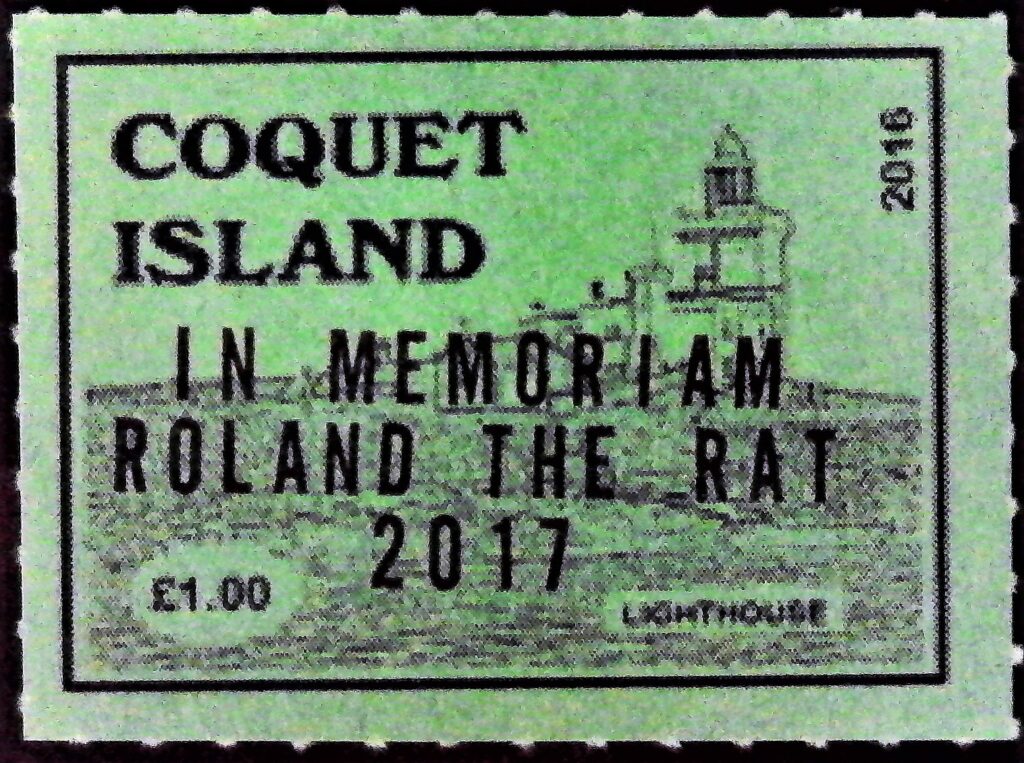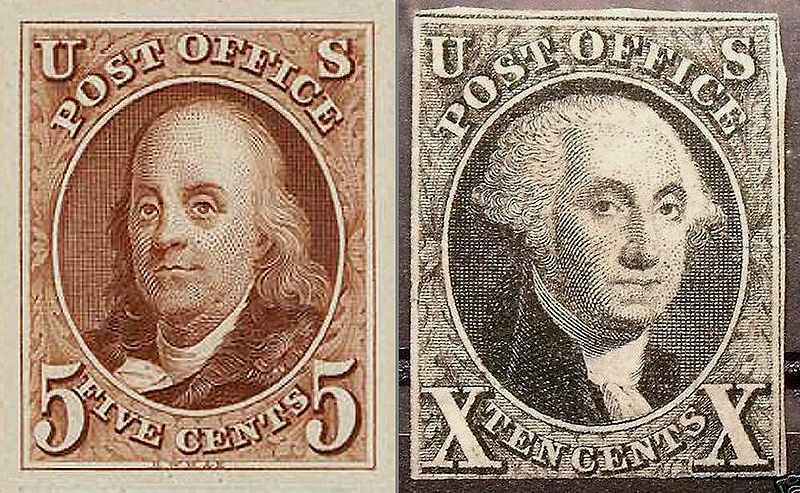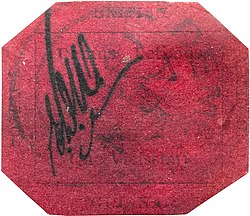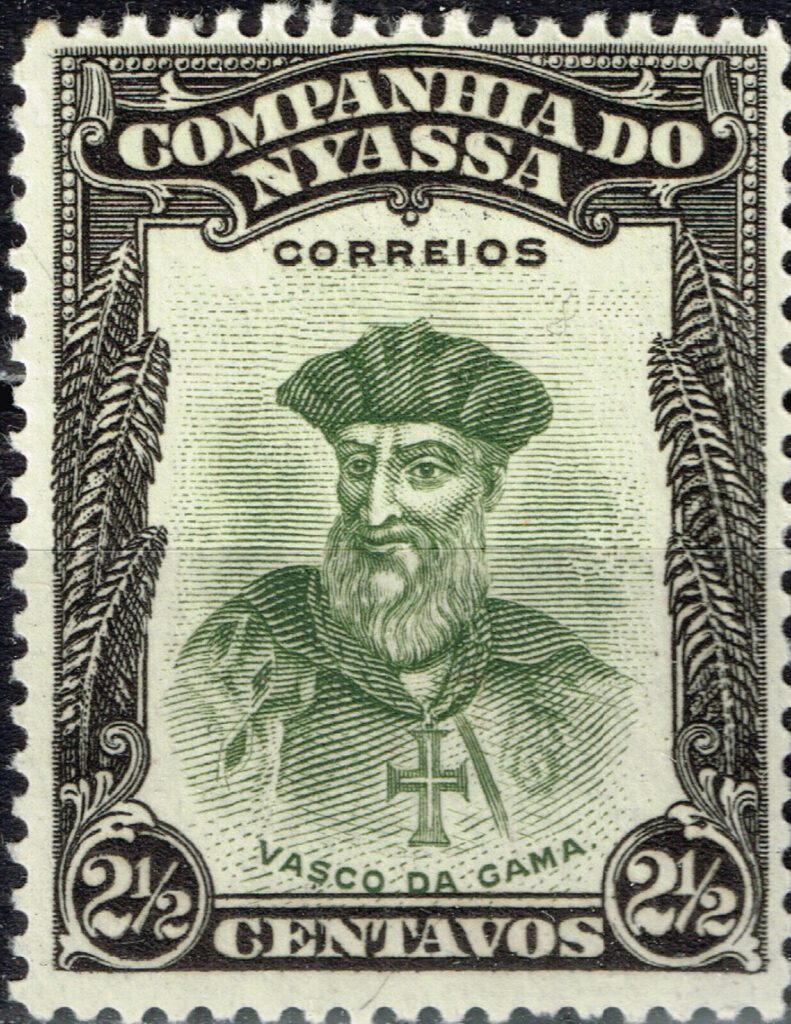Roland the Rat of Coquet Island
Shown here is the 2017 local stamp issue for Coquet Island, Northumberland. The 2017 issue is a very limited commemorative issue, overprinted on a 2016 issue, to mark the elimination of a rogue rat which had threatened the breeding season of the rare roseate tern colony.
No one knows exactly how Roland the Rat got to the remote island. Some believe he stowed away on the ship and escaped other believe he swum there. He was nicknamed Roland the Super Rat because he manages to survive in harsh conditions and because he is very large. Birds disappeared from an area of the island and eventually his lair was found. He, however, was nowhere to be seen.
Coquet Island is known for it’s population of Puffins and the Roseate terns and their breeding season was approaching. During breeding season visitors are not allowed to land on the island and crews are assigned to protect the breeding areas around the clock via CCTV Cameras and inspections.
After three months, the Royal Society for the Protection of Birds (RSPB) which manages Coquet Island searched for the rodent with no success. They set traps traps with baitssuch as pork pies, pâté, fish, Cadbury’s Dairy Milk chocolate, smelly cheese and even the musk of another male rat. At every turn, Roland the Super Rat avoided capture. Finally Great Britain decided to pit it’s impressive military might against the beast.
The Duke of Northumberland sent in two of his best dogs which were quickly deposited on the island. Surveying the island, the lead dog, Ben, used his superior olfactory senses to ferret out the furry monster. After a short but high speed chase Ben, a one-year-old Patterdale terrier who does not like to be called by his full name, Benjamin, put the vile creature out of his misery.
Such is the stuff of Legends. Songs will be sung, poems written and plays performed. The groundskeeper, a weathered man with a raspy voice who they call “Mr. Morrison” has worked on the island for 33 years has stated that no rat had been reported previously on the island in records going back to 1841.
He said: “We tried everything but the rat’s tastes were not what we were offering. “We needed to catch it because otherwise you could kiss the last roseate tern colony goodbye. One rat would just take all the eggs.”
Thus ends the tale of Roland the Super Rat and the stamp which bears his name. May he rest in peace and eat all the tern eggs he wants in rat heaven.
And, yes, while strictly not a postage stamp, more a Cinderella, I think it deserves a place here for having an interesting story behind it.

























